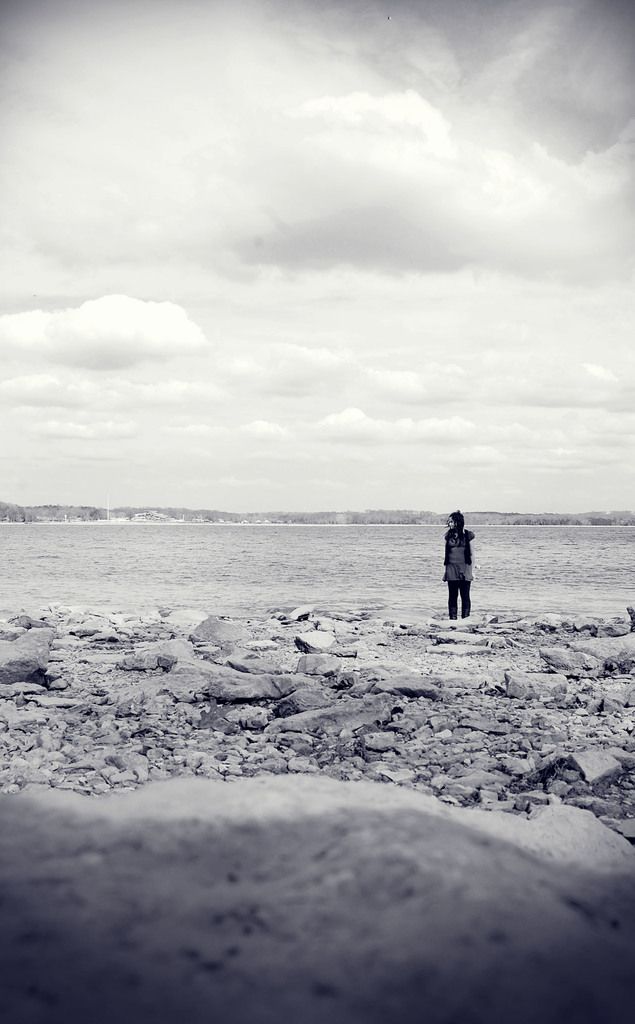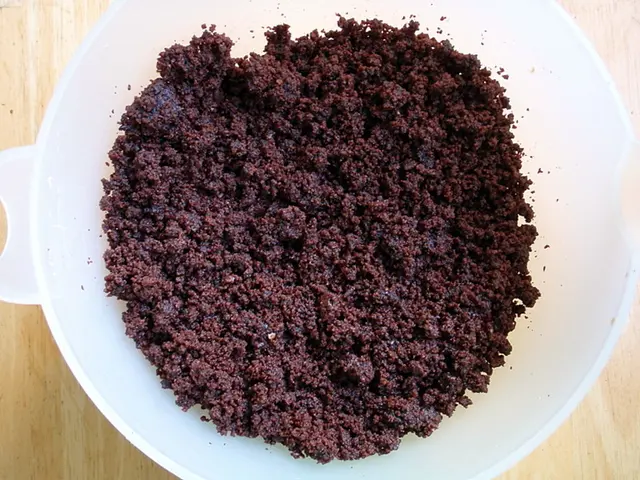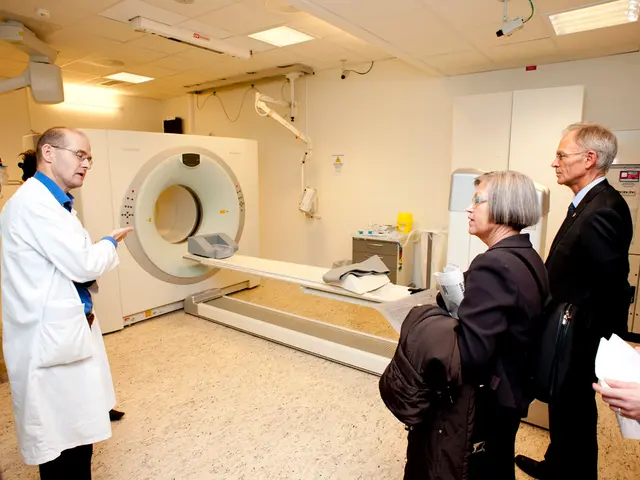Rapid, severe rosacea: Triggers, signs, and remedies
Rosacea Fulminans: An Intense, Sudden Skin Condition
Rosacea fulminans, a severe and uncommon variant of rosacea, surfaces abruptly, causing redness, swelling, and acne-like lesions on the central part of the face, typically the chin, cheeks, and nose.
Named also as pyoderma faciale, this condition mostly affects women of reproductive age, although the exact reasons remain elusive. Several triggers and associated conditions might be responsible for its occurrence:
Potential Triggers1. Hormonal Fluctuations: Hormonal changes similar to those occurring in pregnancy or conditions like Polycystic Ovary Syndrome might be triggers.2. Medications: Certain medications, like corticosteroids or hormonal therapies, could potentially worsen or instigate rosacea symptoms, although they are not solely linked to rosacea fulminans.3. Cosmetic Products: Inappropriate skincare products might exacerbate symptoms.4. Environmental Factors: Environmental factors like stress, sun exposure, and extreme temperatures might contribute to the aggravation of rosacea symptoms.5. Genetic Factors: There may be a genetic predisposition to developing rosacea, which could influence the development of rosacea fulminans.
Associated Conditions1. Rosacea: Rosacea fulminans appears to be a severe form of rosacea, suggesting a strong correlation with typical rosacea symptoms.2. Autoimmune Conditions: Research suggests that autoimmune factors could play a part in rosacea's development, possibly applying to rosacea fulminans as well.3. Inflammatory Conditions: Given that rosacea is characterized by inflammation, inflammatory conditions like inflammatory bowel disease might also be connected.
Effective treatment may involve corticosteroids, isotretinoin (Accutane), and sometimes stress management and dietary adjustments.
Dealing with Rosacea Fulminans
Symptoms of rosacea fulminans chiefly affect the forehead, nose, cheeks, and chin. They might include:- abrupt appearance of severe, localized skin color changes, for instance, redness- painful pustules, papules, and nodules that can merge- swelling and inflammation- flushing and blushing- stinging and burning
Healthcare professionals stress the importance of identifying and avoiding triggers, which may involve:- reducing stress through techniques like mindfulness meditation, deep breathing exercises, regular exercise, and journaling- making certain dietary changes, such as cutting back on alcohol- using gentle skincare products on the face
By combining these strategies with medical treatments, patients may see improvements in symptom management and overall quality of life.
When to Consult a Medical Professional
Suspecting rosacea fulminans? Seek advice from a dermatologist or another healthcare professional if:- your symptoms go beyond typical rosacea or acne, such as large, tender nodules, abscesses, or significant facial discomfort- your symptoms arise suddenly- your symptoms do not improve despite trying over-the-counter medications or rosacea therapies- you notice eye irritation or inflammation- you experience systemic symptoms, like fever or fatigue
Prompt medical attention is essential to ensure accurate diagnosis, begin treatment promptly, and minimize complications like scarring and infections. Proactive steps might also lessen emotional distress, contributing positively to your overall quality of life.
Reach out to a dermatologist or healthcare provider for personalized care and management strategies tailored to your requirements.
- Rosacea fulminans, a severe form of rosacea, is a medical-condition that frequently affects the skin-care of the central face, such as the skin-conditions on the chin, cheeks, and nose.
- In dermatology, rosacea fulminans, also known as pyoderma faciale, might be associated with several health-and-wellness factors, including hormonal fluctuations, medications, cosmetic products, environmental factors, genetic predisposition, and other skin-conditions like rosacea, autoimmune conditions, and inflammatory conditions.
- Addressing rosacea fulminans involves a combination of skin-care strategies, like identifying and avoiding triggers, stress management, dietary adjustments, and medical treatments like corticosteroids and isotretinoin (Accutane).
- If a person experiences sudden and intense skin-color changes, painful pustules, papules, or nodules on the forehead, nose, cheeks, and chin, severe facial discomfort, eye irritation or inflammation, systemic symptoms like fever or fatigue, or when symptoms do not improve despite trying over-the-counter medications or rosacea therapies, immediate consultation with a medical professional, such as a dermatologist, is recommended to manage the condition effectively and minimize complications.








